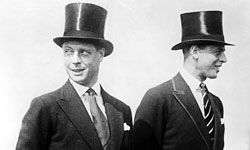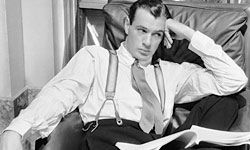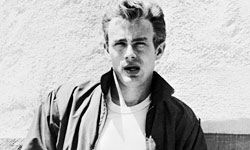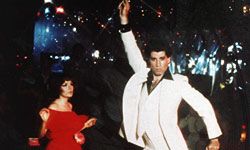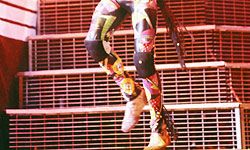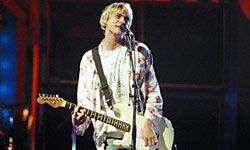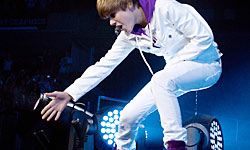It may seem like guys have been wearing jeans, khakis and button-downs since the Stone Age, but men's fashion has changed considerably in the past 100 years. Polyester has gone the way of the dodo, top hats are a rarity and T-shirts are now an accepted form of public attire.
There are, however, some recurring trends in guys' garb, including (surprisingly enough) baggy pants, which have come into vogue in one form or another several times over the past century. Slip on your knickerbockers, button up your Nehru jacket, or just throw on your favorite T-shirt and read on to learn about the history of men's fashion over the last 10 decades.
Advertisement

